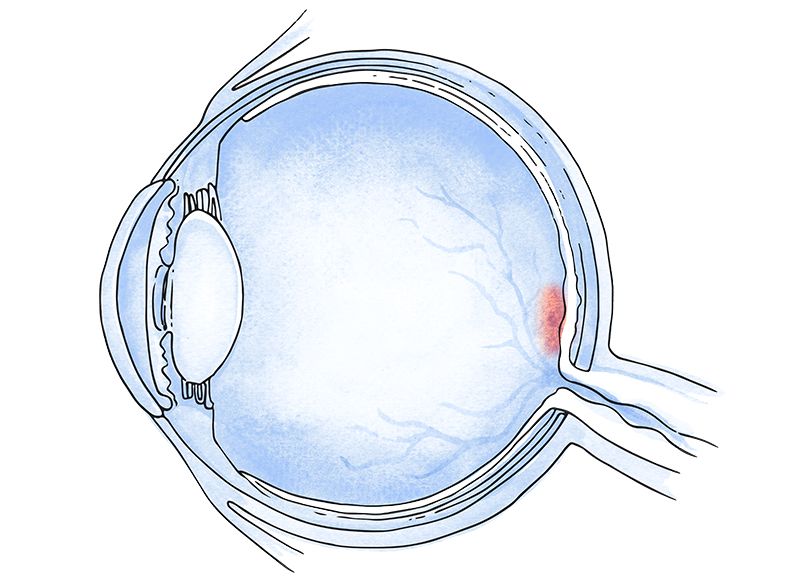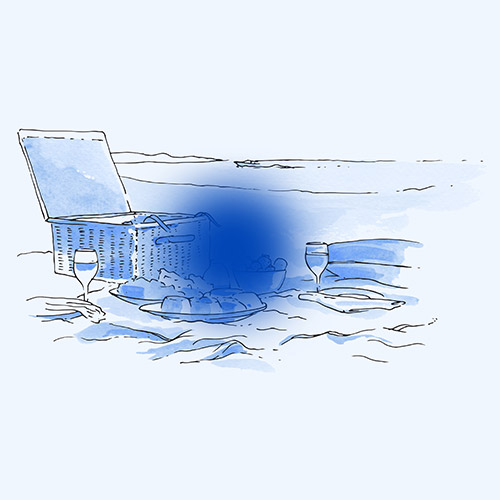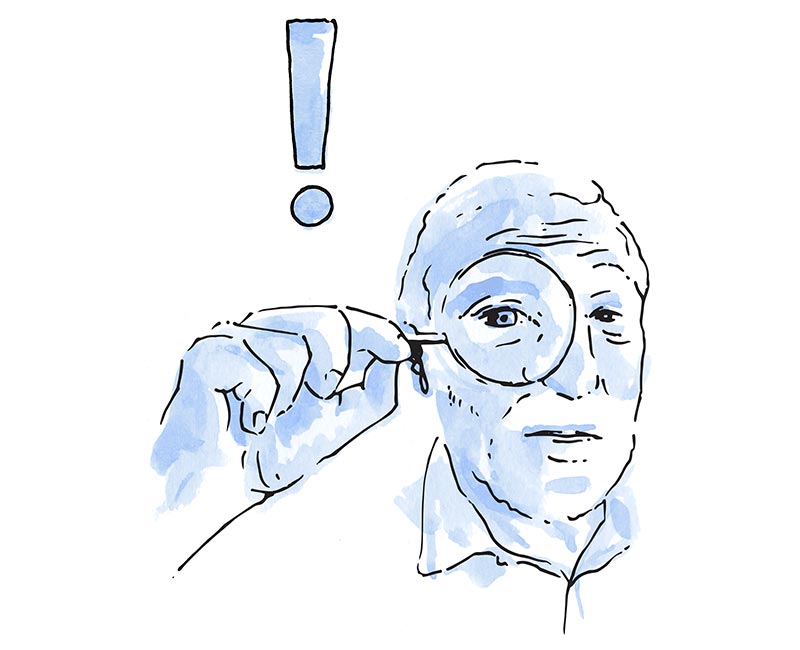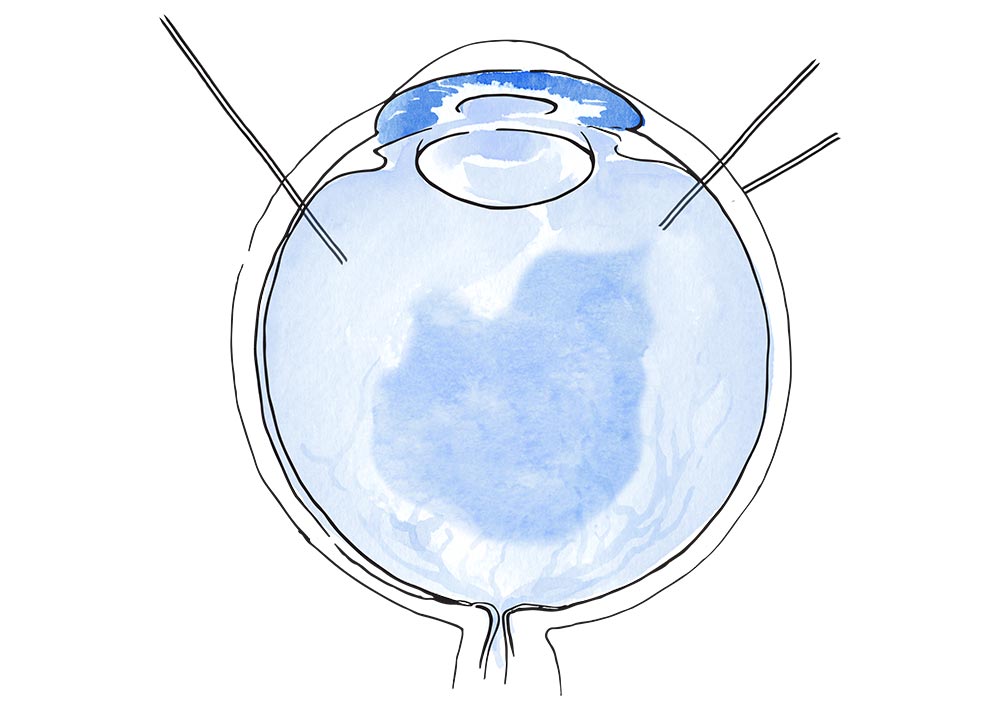Dr. Gismero Moreno, Saturnino
Jefe de servicio
Oftalmólogo especialista en Retina

The macular hole affects the central part of the retina, which is responsible for the sharp, detailed vision that allows us to read, sew, drive, and perform other daily tasks that require the highest visual precision. It is characterised by an opening or “hole” in the central part of the macula, the fovea.
The most common cause is usually traction involving the vitreous gel and the vitreoretinal interface, which favours its appearance. It can affect both eyes, although it usually affects only one eye, with a 10-20% probability of affecting both.
As soon as the first symptoms become apparent, an ophthalmologist should be consulted, because the longer the period of progression is, the worse the visual prognosis will be.

Macular hole can appear suddenly or progressively. It affects the central vision, which may initially display deformities and, as it enlarges, it may give rise to a central black spot that prevents us from focusing our eyesight.



The treatment is surgical and the technique used is pars plana vitrectomy, which eliminates the traction that has produced the macular hole. Peeling of the internal limiting membrane is also recommended, as well as more complex techniques such as the creation of an inverted flap to cover the hole. In more complex cases, plasma enriched in platelets and growth factors can be used, which is obtained from the patient’s own blood. Subsequently, a gas is inoculated to tamponade the macular area, which helps the hole to close anatomically during the postoperative period.
This surgery requires that, in the postoperative period, the patient’s head faces the ground, so that the gas bubble remains under the hole. This position is maintained for 45 minutes, every hour, repeating the process throughout the day. This is done for a week or for the time indicated by the ophthalmologist. At night the patient is allowed to sleep on his or her side.
During the postoperative period, for as long as the gas is present, it is forbidden to fly or even travel to the mountains, as to prevent an increase in intraocular pressure (IOP), which would lead to the irreversible loss of vision of the patient. After a certain period of time (generally between 3-4 weeks), the gas is spontaneously reabsorbed.
Dr. Gismero Moreno, Saturnino
Jefe de servicio
Oftalmólogo especialista en Retina
Dr. Alberte González, Antonio
Oftalmólogo
Especialista en Glaucoma
Dr. Flores Márquez, Ana
Oftalmóloga especialista en retina médica
Dr. Álvarez López, Alejandro
Cirugía oculoplástica y orbitaria
Partal, Carlos
Óptico y optometrista clínico
Tel.: +34 952 908 628
+34 609 148 799
952908898 Oncology
951829978 Diagnosis by imaging
951829947 Gynecology
952908897 Fertility
951829947 Physiotherapy